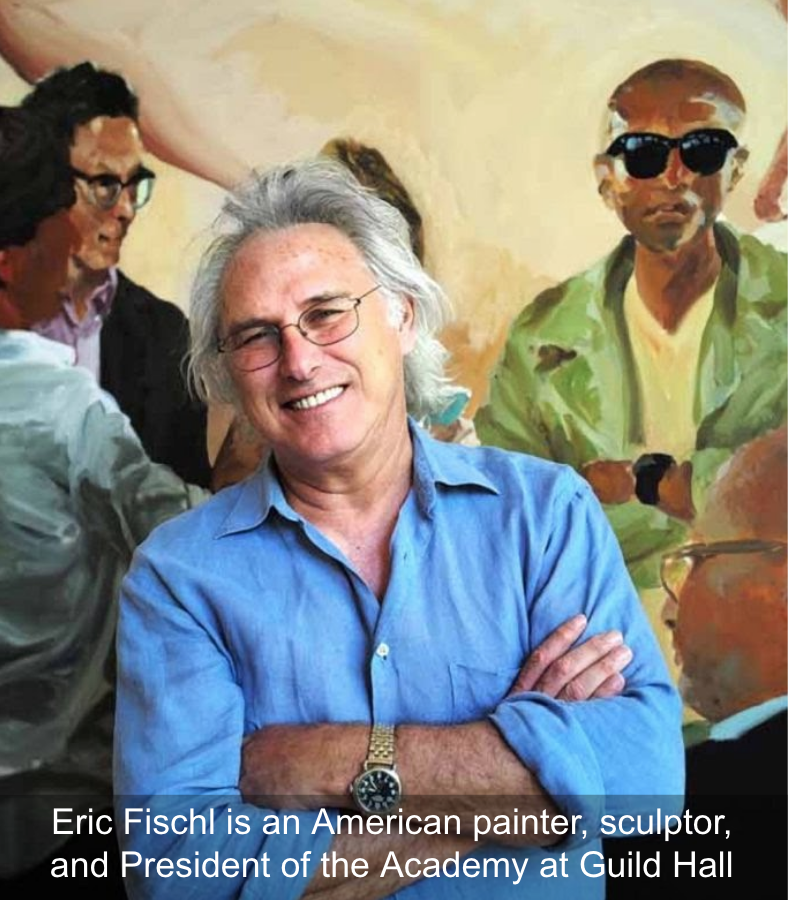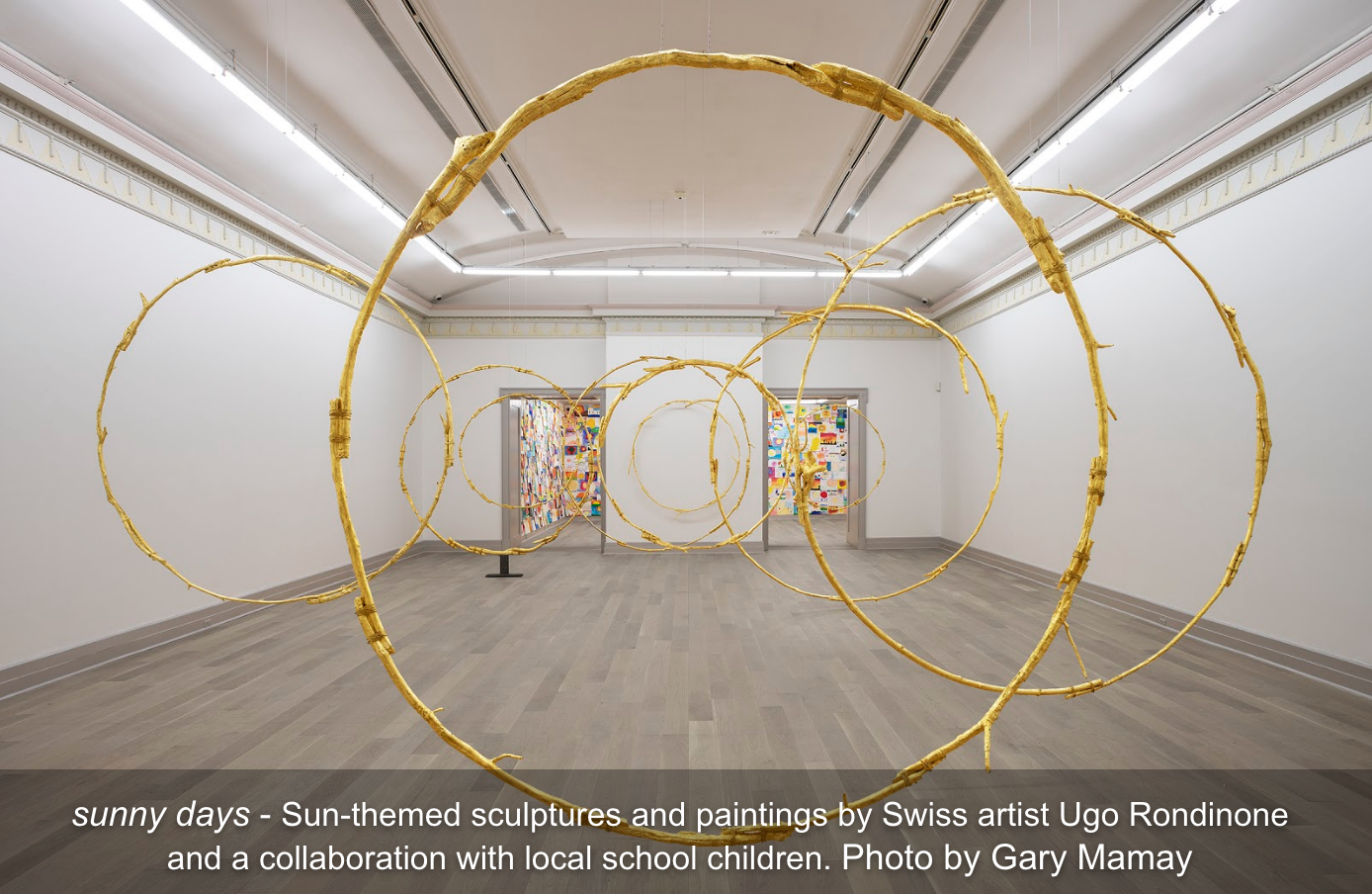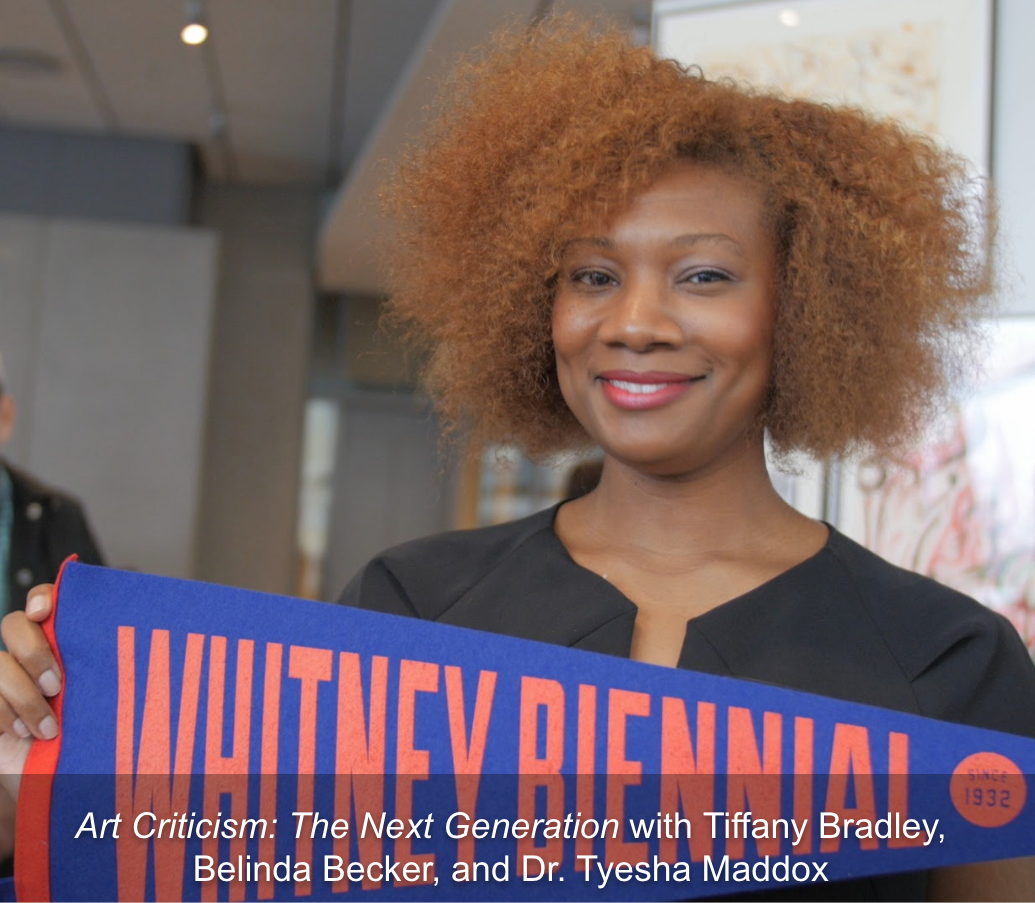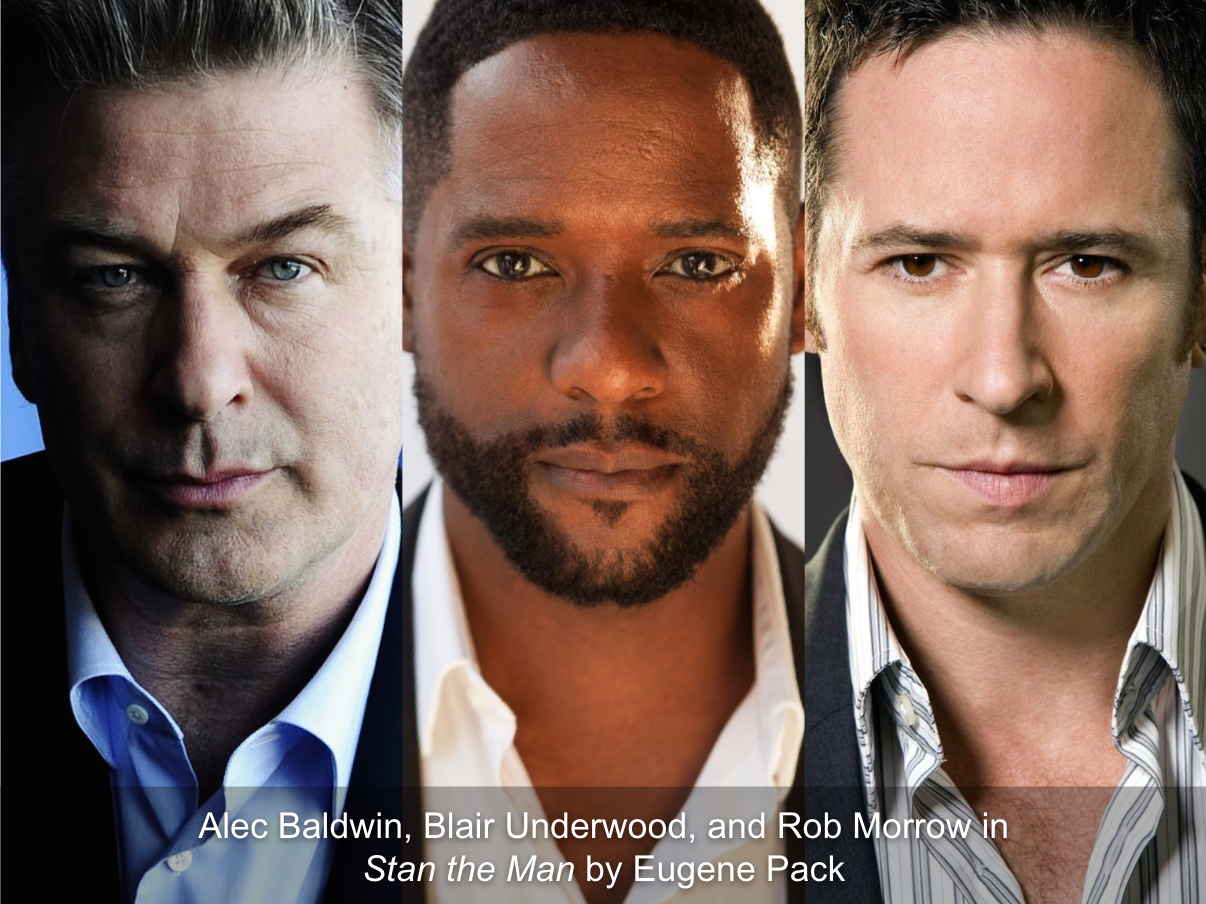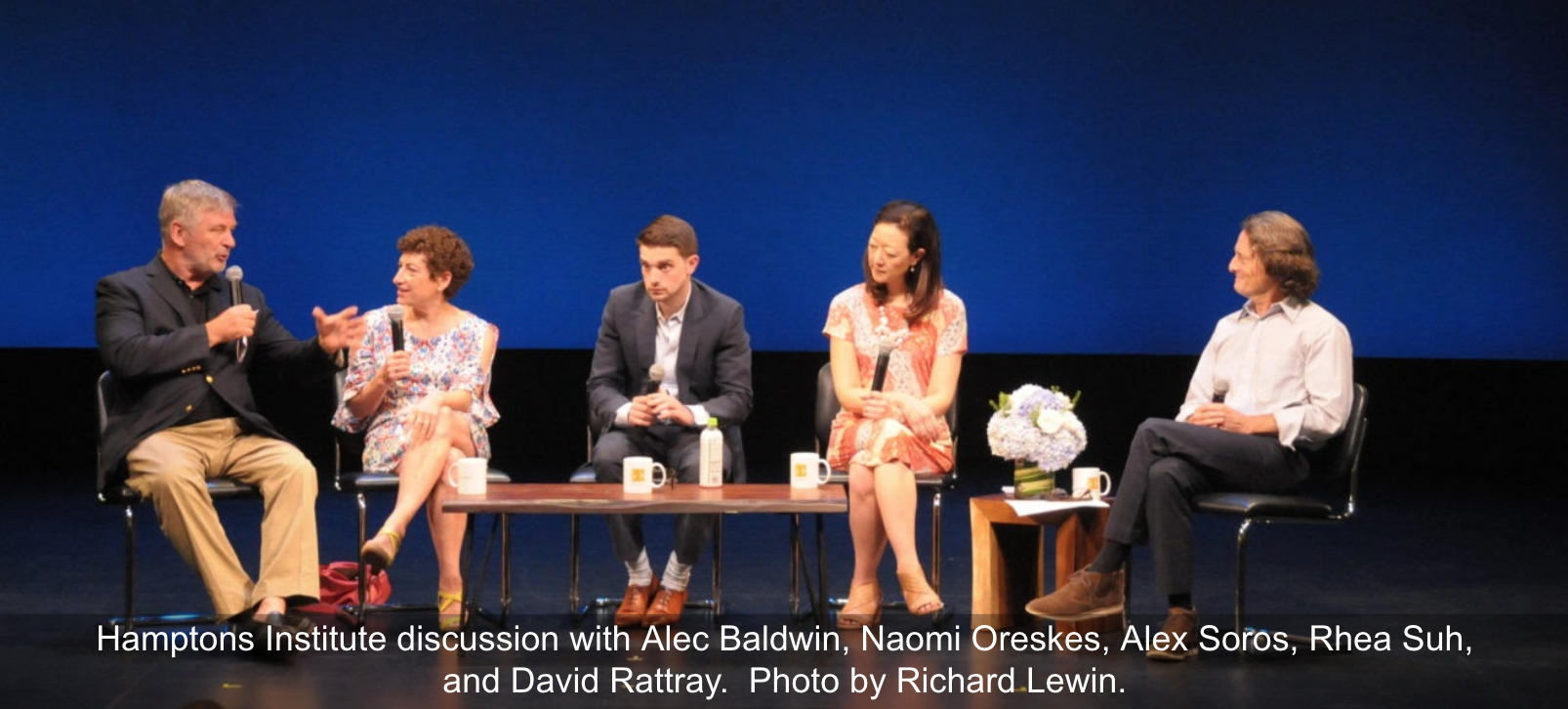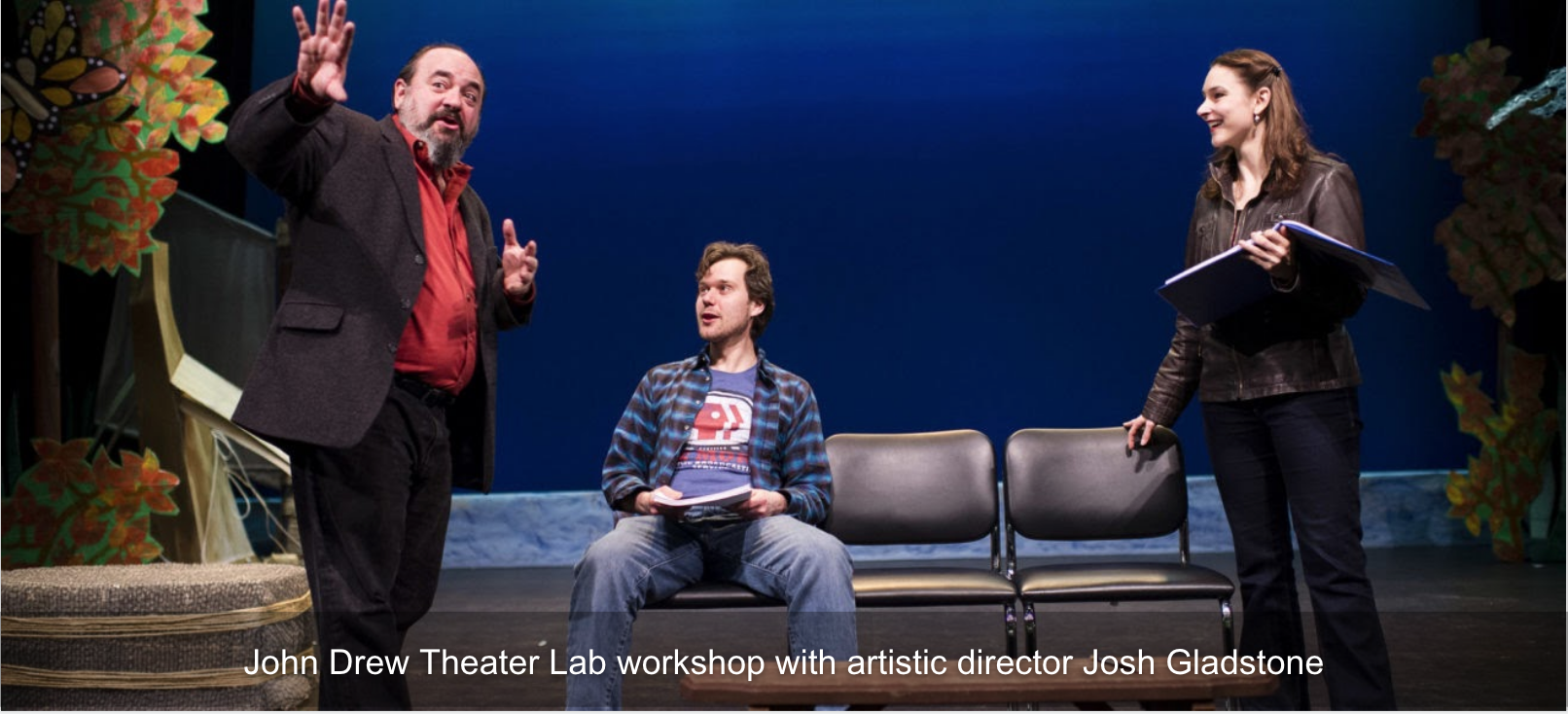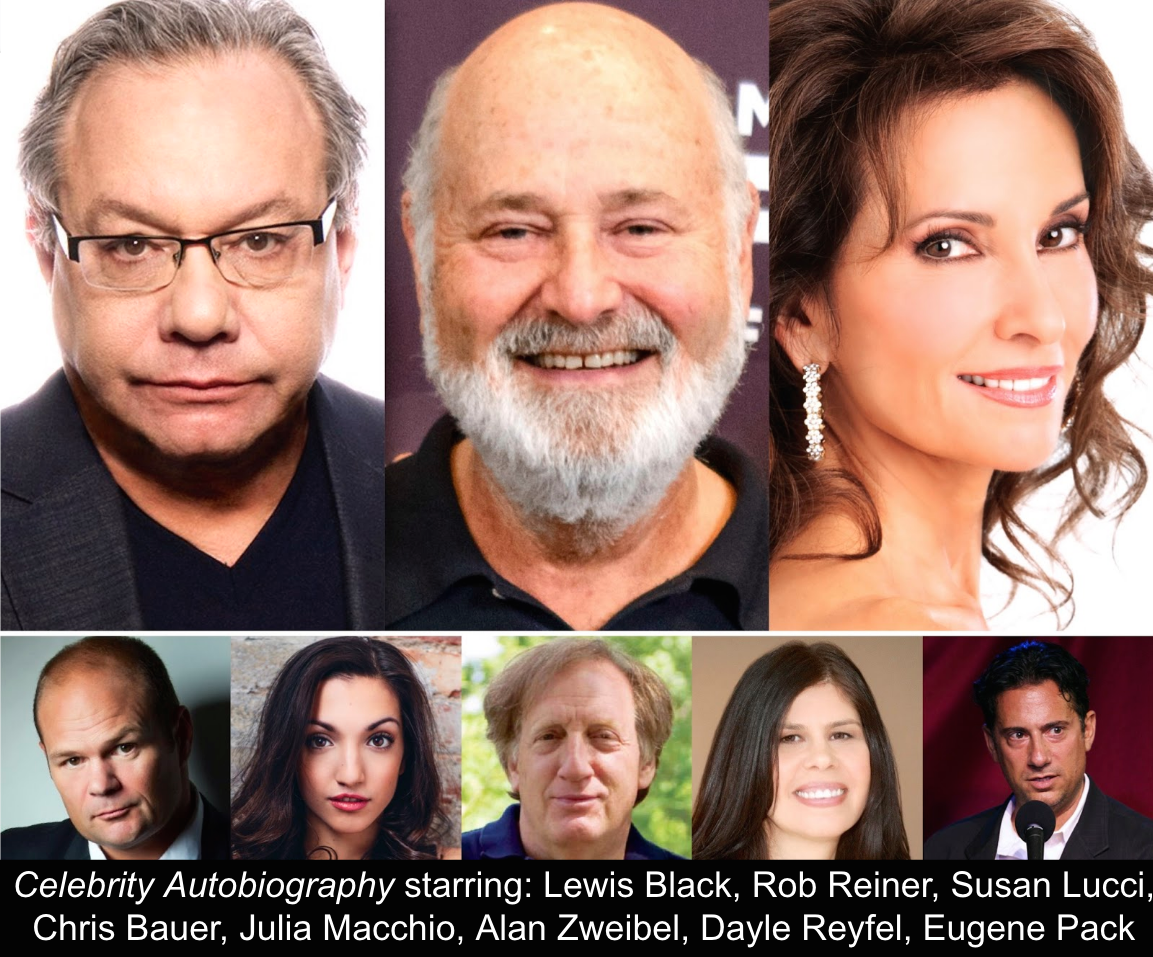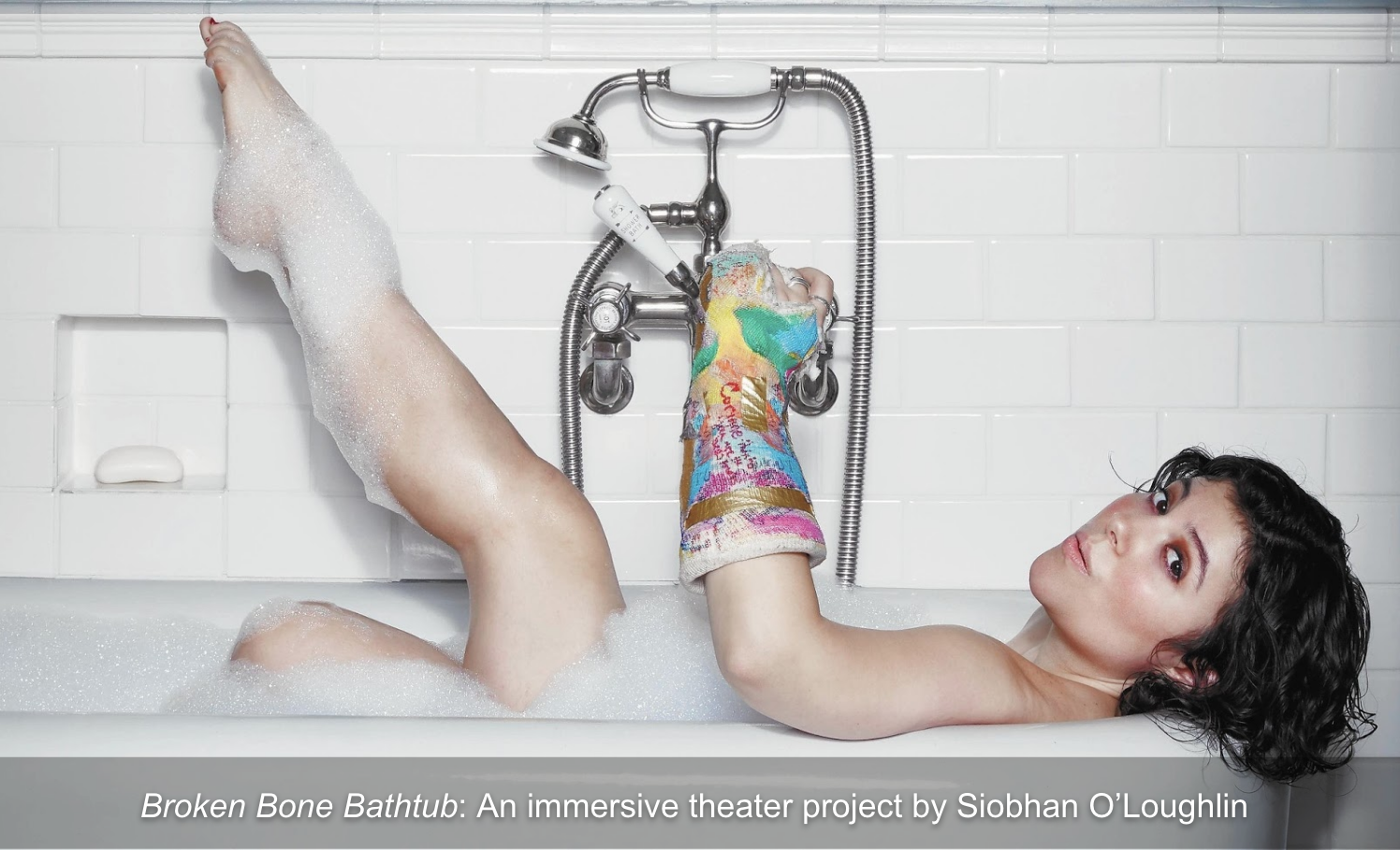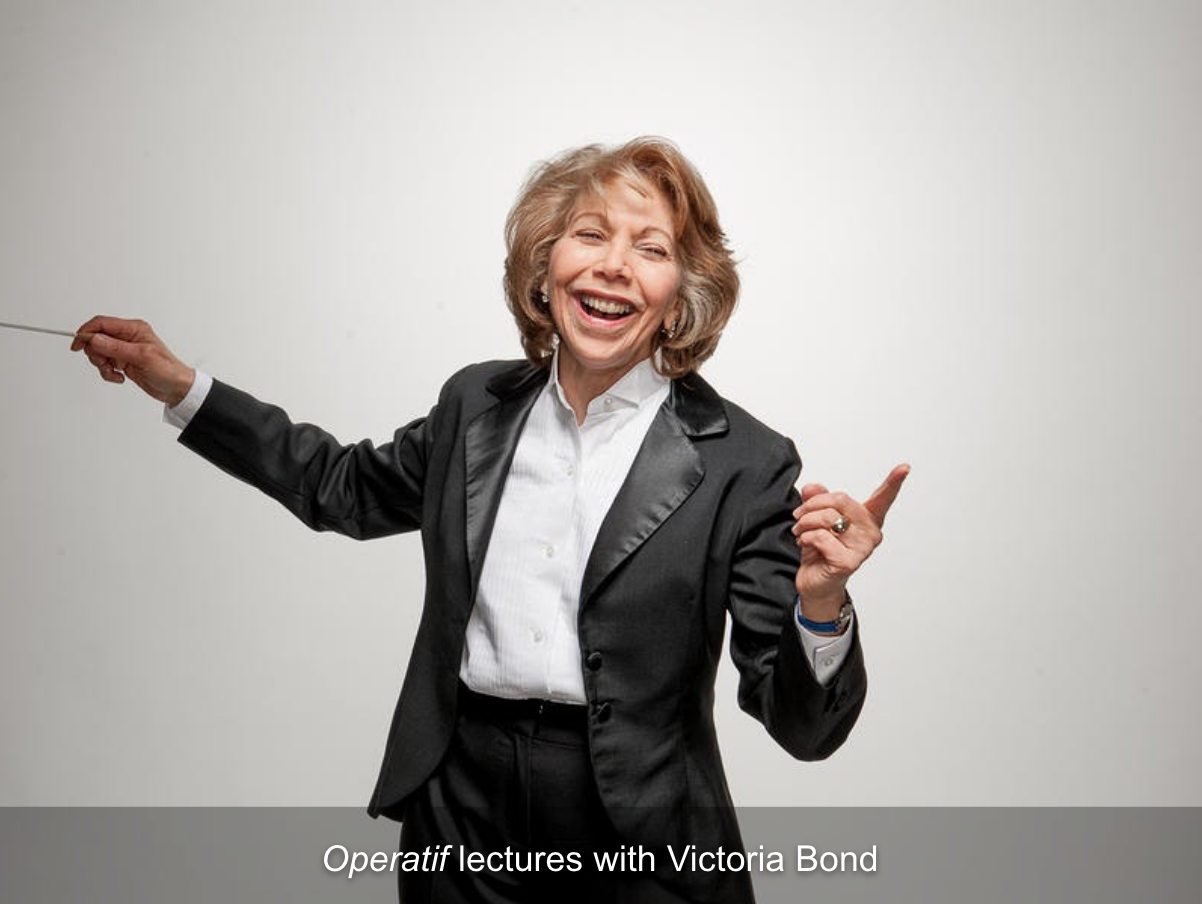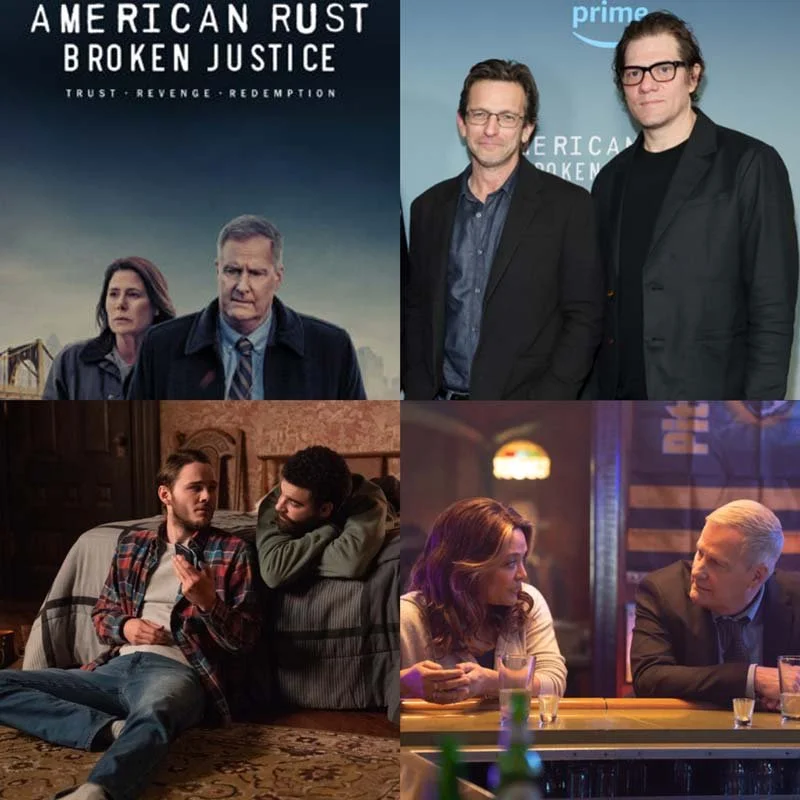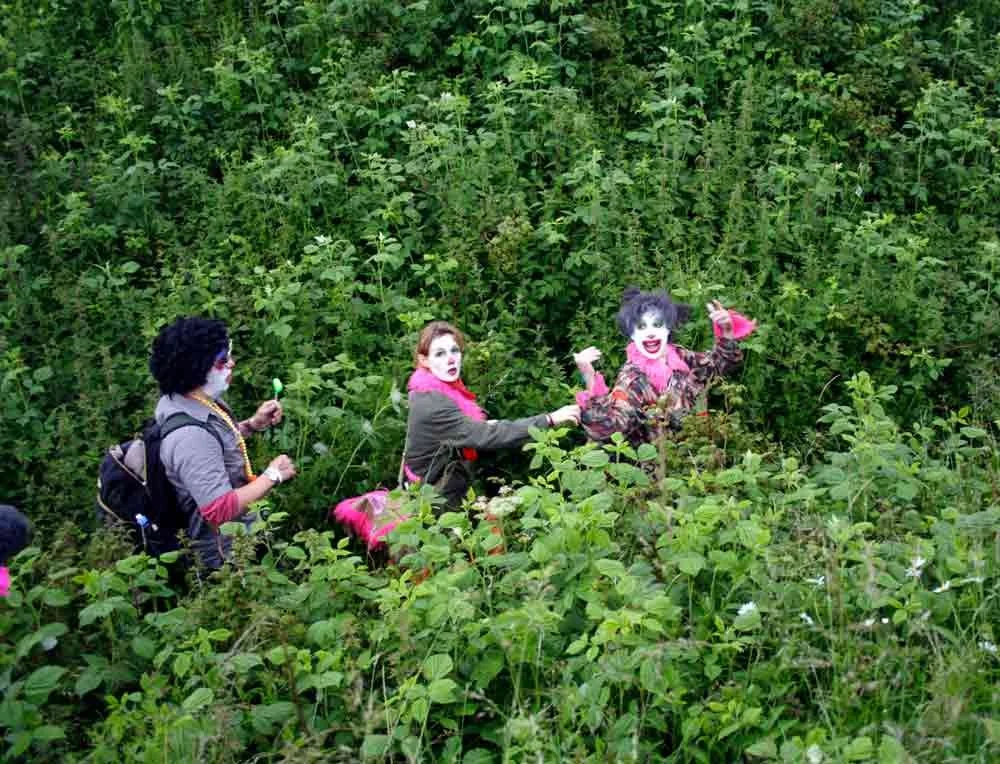Christina Mossaides Strassfield is the Museum Director/Chief Curator of Guild Hall Museum in East Hampton, New York. She oversees the artistic leadership and overall management of the Museum and its exhibition schedule, curating or overseeing as program manager. The mission of the museum is to showcase artists who have an affiliation with Eastern Suffolk County. The Hamptons is the summer home for most of the New York Art world. This has allowed Strassfield to forge close relationships with leading artists, dealers and collectors. She has been instrumental in coordinating biannual group invitationals. At Guild Hall she is charge of curating the collection of over 2000 objects, works of art by artists associated with the Eastern Long Island, as well as organizing the traveling exhibition of works from the collection, managing education programs, design, conservation and other exhibition related work.
THE CREATIVE PROCESS
What you're doing at Guild Hall through the museum and the performances and other initiatives and the educational programs is really lovely. What have the arts given you on a personal level?
And as we look to the future, what do you think is the importance of the arts?
CHRISTINA MOSSAIDES STRASSFIELD
I would say from an early point was that it had become my life. It's the path that I chose to do. It's what I studied. I've always worked in the arts. I've never worked anywhere else. I've always worked within the art community. And I think that's been my life. So for me, it's only enhanced my life. It hasn't made me rich, but it's made me satisfied with what I do. Happy with my job, happy with the career that I've chosen. And I think that's a very important point that many people choose a career, and they're not happy in it. I am very happy in my career. Art, for the future? I think I see it becoming–changing in the sense of becoming definitely more political. The trend is, at least that there are definitely, of art making a statement. I think that art should still maintain a beauty or art should be––I love when art has–it's bivalved. You'll look at something, you'll be attracted to it or you'll be repulsed by it, you'll have an immediate feeling for it. But then there'll be a second aha moment where there's something substantial about it. So when you're looking at the Water Memory, you're looking at it and you're talking about artificial intelligence. And the object itself is very interesting, but the thought process behind it is equally as interesting. So you have a second aha moment. I think that art is going to have to always have that now. I think we can't go back to just having pretty pictures. Like many people, you know, years ago, whether it's impressionist paintings or whatever, which were, of course, very controversial for their time. But again, it can no longer just be for the visual sense of it. It has to have meaning behind it. And I think that there were times where art was just for the visual sense. I don't see that happening anymore. I think that's definitely changed.
The artist Jane Wilson who's a landscape artist. I didn't know her work before I came out here, but when I came out here and I saw these magnificent sunsets that she did, and I thought, Well, you know, those aren't real colors. But having lived out here, I see that those colors are the colors of our sunsets. And it's magical. And I can never not look at the sunset and think, Oh, that's a Jean Wilson sunset. Because of the pinks and the purples and all those colors that we don't normally associate or people outside of this area don't associate with a landscape. So I think our landscape tradition, our abstract expressionists, our support of the arts in general out here, whether it be the Pollock-Krasner House or the Robert Wilson Center or what's going to be happening with The Church in Sag Harbor and the Cinema Arts Center. So many wonderful endeavors that are all working side by side with one another is truly wonderful.
THE CREATIVE PROCESS
How did you become interested in art?
MOSSAIDES STRASSFIELD
So from being very, very young, I said I want to work in a museum. And I remember taking art courses at the Metropolitan Museum of Art when I was in high school and loved doing that. I then got an internship between college and graduate school because I had studied art history and anthropology as an undergraduate and was going on for my master's in art history. And I had done internships at the Art Commission at City Hall. I did an internship at the Brooklyn Museum. So I had a lot of experience and understanding of what the museum world was like, and I really loved it. And I said, this is what I want to do with my life and having great professors at Queens College. Ellen Davis, Barbara Lane, there were so many wonderful people who went on to work in other galleries later and do lots. Robert Pincus-Witten, wonderful art critic. So, there were a lot of people along the way who really influenced me, but I would say the greatest influence that I loved going, even as a child, loved being in the museum. I would have to say was the Metropolitan Museum of Art that really was my passion. I just loved it and was delighted to be able to have worked there for five years and gain some knowledge and then was able to move on and become a curator and now museum director and showcase so many wonderful artists and work with so many different artists and share their vision and understanding of what they want to experience when they present their work in a museum. To me, it's a great challenge and it's a great reward to be able to do that.
I think years ago we were just focusing on sort of the art as a single component. I think as a curator, you have to think about fundraising and raising funds to create to help pay for part of the exhibition. That was originally, when I first was part of curating, that was not part of our purview. That was just the development department's purview. So there was a different change over, and I think that Ann Temkin did talk about that. There's also the reality that we understand that we have to reach out to a wider community, be it women, people of color, try to get diversity in our programming. With us, it sometimes can be a little bit more difficult because we have to show artists who live within the area. So they have to have that connection, but try to reach a little further afield so that we're finding other artists, perhaps who don't fit into the regular mold of that. So, Ann Temkin talked about that as well. How the art world has really broadened. I mean, it's no longer, now there's art fairs. That was something that we didn't have to deal with. Now you're supposed to go to Basel. You're supposed to go to Miami. You're supposed to go to all these different art fairs as well as trying to keep abreast of things. So that changed. I think the relationship between museums and galleries has also changed. Years ago, you didn't approach a gallery about helping or assisting or working in collaboration when you were going to show an artist. Now it's de rigueur. Everybody does that. So, all of those elements, even though they're subtle, they are changes within the art world. And I think that trying to get diversity in terms of the staff at the institutions, trying to get diversity on our boards, trying to make ourselves more welcoming to all the constituencies is something that is an important aspect of the museum world at this point.
We love the idea that we are a welcoming institution. We're not too large, so in one sense, when people come, we can have that personal connection with them, and we can greet people. We had a wonderful panel this weekend, and it was great. It was Eric Fischl's panel and Art as Ecosystem, which was fantastic, in collaboration with their project The Church. What was wonderful about is that we hosted a little the reception in the garden and it was great to have everyone, not everyone, but a large portion of the audience come out and meet and mingle and talk and discuss further in-depth what was happening on the stage in the panel discussion. So we can do that because of our size and our scope. So that's something that we feel is one of our strengths and not one of our weaknesses being small. Sometimes people go, well, you're a small museum. Well, we go, we're a small museum, but we do big things. And we're excited about that.
This interview was conducted by Mia Funk with the participation of collaborating universities and students. Associate Interviews Producer on this podcast was Ally Chou. “Winter Time” was composed by Nikolas Anadolis and performed by the Athenian Trio.
Find us on Apple Podcasts, Spotify, Google Podcasts, Podcast Addict, Pocket Casts, Breaker, Castbox, TuneIn, Overcast, RadioPublic, Podtail, and Listen Notes, among others.
Mia Funk is an artist, interviewer and founder of The Creative Process.




